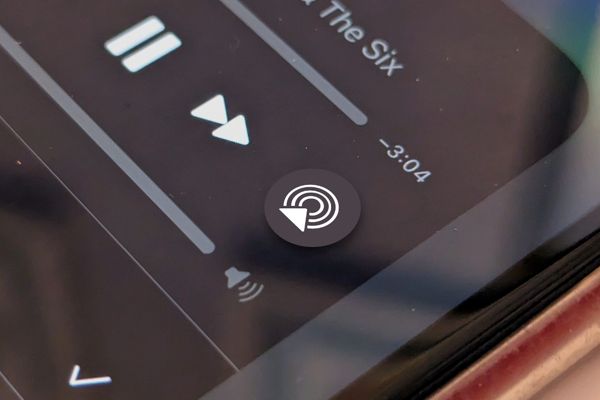
Unleashing the Power of AirPlay: A Complete Guide

AirPlay is a wireless protocol for sharing audio, video, and other media across smart TVs and streaming devices like Apple TV and Roku It's a convenient feature, but being an Apple technology, it has some proprietary quirks AirPlay is supported by a range of devices and allows for easy streaming from Apple devices
Apple AirPlay is a wireless protocol that enables the sharing of music, videos, photos, and screen mirroring between smart devices on the same network. While AirPlay is one of several standards for wireless media sharing, it is unique due to being a proprietary Apple technology. Despite some quirks, AirPlay remains a highly useful feature, especially when it comes to sharing content from an iPhone to a TV screen.
AirPlay is a versatile streaming tool that supports a wide range of content types, from music and videos to presentations and podcasts. While it was originally limited to one-to-one streaming, the introduction of AirPlay 2 in 2018 changed the game. This update brought improved performance, the ability to stream audio to stereo speakers, and the option to stream to multiple devices simultaneously. Additionally, AirPlay 2 made it possible to control the technology via Siri and the Control Center on iPhone and Mac. It's worth noting that AirPlay has come a long way since its inception in 2004 as "AirTunes" - a feature in iTunes that allowed for streaming music to an AirPort Express with a 3.5mm audio jack. In 2010, it was renamed "AirPlay" and gained the ability to stream audio and video to an Apple TV.
Which Devices Support AirPlay?
There are two categories of devices that support AirPlay: "Senders" and "Receivers." Apple devices such as iPhone, iPad, iPod, Mac, and iTunes (even on Windows) are all capable of being AirPlay "senders." However, in 2016, the HTC 10 became the only Android device with AirPlay streaming support.
On the other hand, AirPlay "receivers" have a much wider range of options. Apple has compiled a full list of speakers and TVs that support AirPlay, including major brands such as LG, Samsung, Sony, and Vizio, as well as Amazon Fire TV, Bang & Olufsen, Bose, JBL, Pioneer, Sonos, and Yamaha. Additionally, certain Apple devices, such as Apple TV, HomePod, and Mac computers running macOS Monterey and newer, can also function as AirPlay receivers.
There are a lot of AirPlay receiver devices on the market. An easy way to spot a device with AirPlay support is the “Works with Apple AirPlay” label that can be found on packaging.
AirPlay vs. Chromecast
Apple's AirPlay and Google's Chromecast are the top contenders in the world of wireless display standards. Although they share many similarities, there are also significant differences between the two. Both services operate in a similar fashion, allowing users to stream music or videos by simply tapping a button in the app and selecting a receiving device. The content is then wirelessly transmitted over the network, creating a seemingly magical experience when everything runs smoothly. It's worth noting that while Chromecast is a physical device, the ability to "cast" content is available on many other devices through Google's "Chromecast Built-in" protocol.
When it comes to wireless display standards, the choice between AirPlay and Chromecast can be a tricky one. While both offer similar functionalities, there's one key difference. AirPlay requires an Apple device to stream content, whereas Chromecast can be used with an iPhone, iPad, or Mac, as well as Android devices. So, if you're an Apple loyalist, AirPlay is the way to go. But if you're looking for more flexibility, Chromecast might be the better option.
AirPlay can be easily utilized by searching for the AirPlay icon in applications or by utilizing the screen mirroring feature found in the Control Panel on Apple devices. In certain cases, the Chromecast menu may also provide access to AirPlay functionality, such as in the YouTube app. The convenience of AirPlay lies in its ability to function seamlessly and with minimal effort. Our website offers a multitude of guides for utilizing AirPlay with different devices and in various ways.
How to Mirror Your Mac, iPhone, or iPad Screen on Your Apple TV
How to Stream Videos from Your iPhone or iPad to an Apple TV Using AirPlay
Did You Know iTunes for Windows Supports AirPlay, Too?
How to Mirror Your iPhone Screen to Roku
How to Use AirPlay (Screen Mirroring) on a Mac
How to AirPlay From iPhone or iPad to Your Mac
Mirroring your iPhone or iPad screen on your Windows PC can be done using AirPlay. Although it may be more limited than other options, it usually works seamlessly. Knowing how to use AirPlay is important if you are a frequent user of Apple products.
















